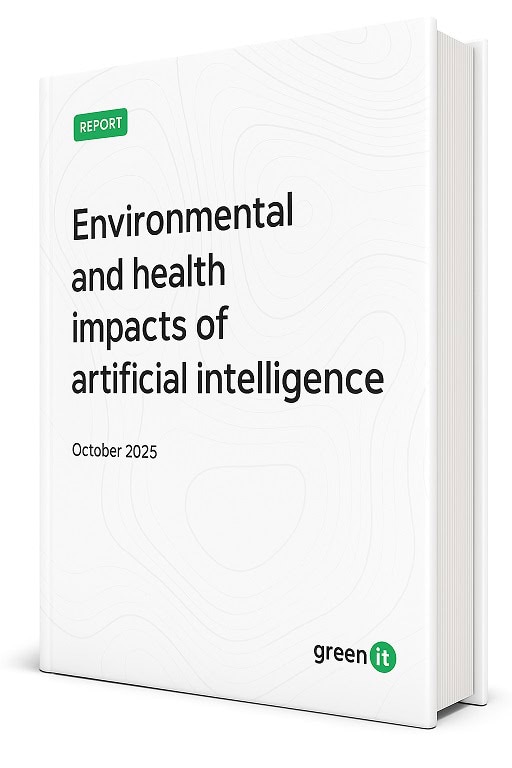Artificial Intelligence (AI) is reshaping our world, but it comes with significant environmental and health impacts. As we look ahead to 2025 and 2030, understanding these impacts becomes crucial for businesses, policymakers, and everyday users.
Environmental Impact of AI
AI systems require vast computational power, which means huge energy consumption. Data centers that power AI operations often rely on electricity generated from non-renewable sources. This leads to increased carbon emissions, contributing to climate change. Additionally, the production and disposal of hardware for AI, like servers and chips, create electronic waste and further strain Earth’s resources.

Health Impacts Linked to AI
The health impacts of AI extend beyond environmental effects. Air pollution from energy-intensive data centers can worsen respiratory issues, especially in urban areas. The extraction and disposal of rare minerals for AI hardware expose workers and communities to toxic substances. This highlights the need for responsible sourcing and recycling practices.
The Path Forward
To minimize AI’s footprint, companies and users must push for greener AI solutions. This includes using renewable energy, improving hardware efficiency, and supporting sustainable practices throughout the AI life cycle. Staying informed and advocating for change will help us harness AI’s benefits while protecting our planet and health.
Sources: GreenIT.fr – What are the environmental and health impacts of AI?
















